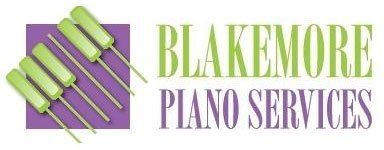Tuning
Tuning your piano
Tuning a piano is the process of adjusting between 200 and 230 tuning pins and strings to vibrate at certain frequencies determined by musical and acoustical rules. Each piano has its own ‘sweet spot’ where the relative frequencies and harmonic frequencies work together to sound it’s best. Wikipedia has a great article on tuning temperaments.
We recommend you tune your piano at least once a year, more frequently if it is played often. Pianos need tuning for a variety of reasons. Check out the various factors at my link How often should a piano be tuned?
If a piano has not been tuned for several years, or has been moved, your piano may be far enough out of tune to need an extra tuning in order for it to be stable at the correct pitch. This is called a Pitch Raise: the process of ‘pre-tuning’ so a piano will be closer to correct pitch. The Pitch Raise is a rough tune and takes about half the time of a fine-tune. Some pianos are far enough from proper pitch that they need more than one Pitch Raise. More about Pitch Raise
I typically do an evaluation during a tuning, and discuss any immediate or future work needed on your piano.
Piano Regulation
Regulation is the process of adjusting the action, keyboard, and pedals to work correctly. These are subtle adjustments of the 35-plus parts per key needs to be even and smooth so that the piano will sound and play its best. Pianos need to be regulated regularly to perform well. Imbalances in regulation are caused by normal wear and climatic fluctuations. These cause a piano getting a “typical” amount of wear and tear to need a regulation every 5 to 10 years.
A full regulation cost ranges around $3000 to $5000, and parts can be done incrementally according to need.
